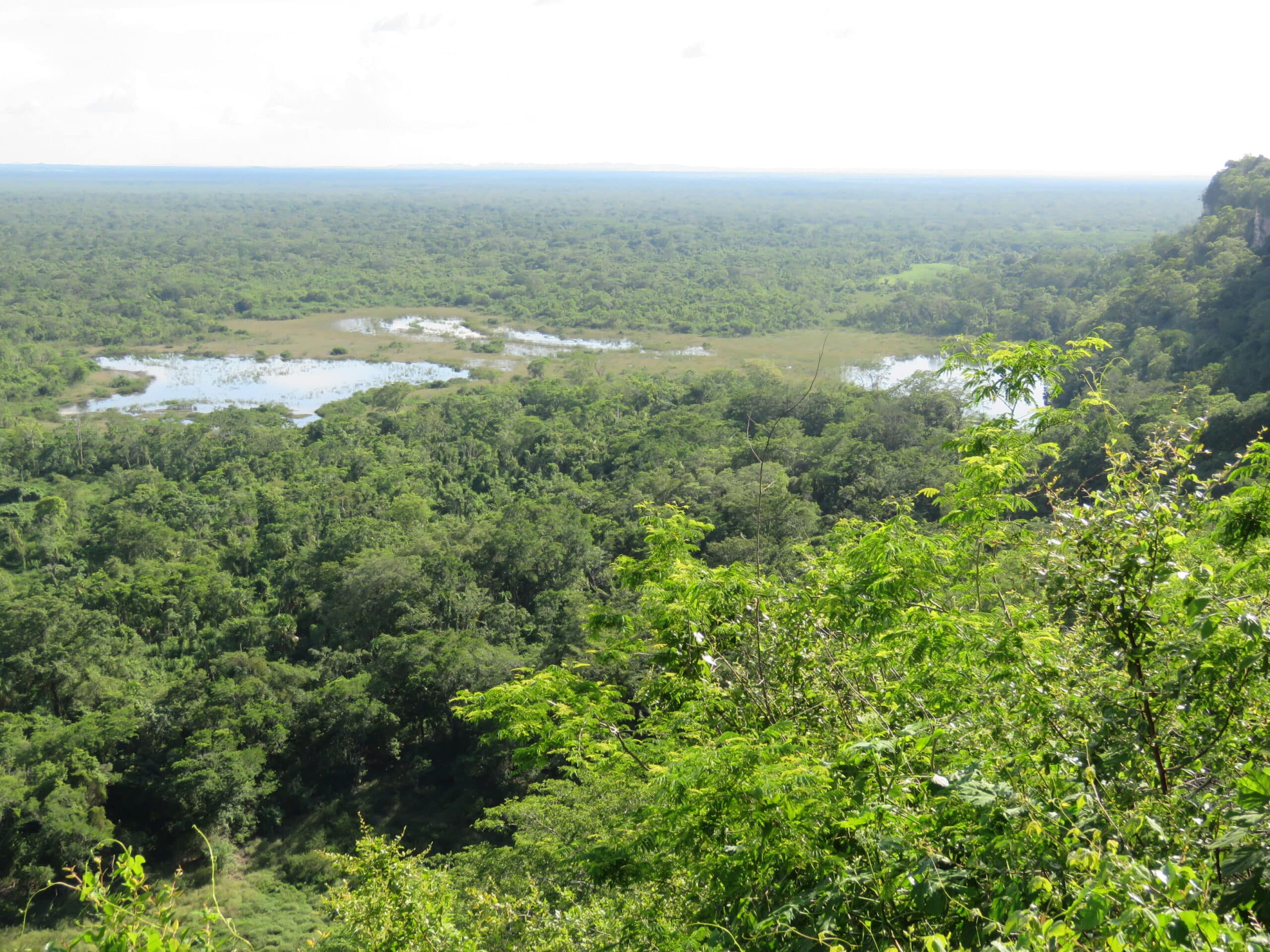Our Initiatives to Preserve Biodiversity
Our Initiatives to Preserve Biodiversity
AgroAmerica is committed to helping maintain ecological balance and ensuring the necessary conditions for life to exist. We focus on producing food sustainably while contributing to the protection and preservation of biodiversity. In this article, we will highlight the actions we take to preserve biodiversity.
Solid Conservation Practices
Our contribution to biodiversity conservation is reflected in our regenerative agriculture practices, our sustainable landscapes and clear no-deforestation, no-extraction, no-peat and no-exploitation policies. We also actively work to restore any affected areas, which has a positive impact on local flora and fauna.
Ongoing Positive Actions
We face this challenge, hand in hand, with other organizations that are also concerned about maintaining ecological balance and preserving species of flora and fauna. We have built strategic alliances to promote specific conservation projects and work with partners to identify and implement concrete actions that protect biodiversity within our sphere of influence.
Rigorous Identification of Species
We have identified more than 50 species of flora and more than 70 species of fauna in our areas of operation, including some on the Threatened Species List, the IUCN Red List of Threatened Species, and the CITES International Trade List of Endangered Wild Fauna and Flora Species. The identification of these species is the basis for the design and implementation of specific actions to protect them.
Measurable Impact
We quantify every action we take to protect and preserve biodiversity. We have:
- Preserved 70.62 hectares of forests and riparian zones in our operations.
- Reforested extensive areas by planting more than 27,560 trees.
Our commitment is not limited to our operations. We form strategic partnerships to strengthen our efforts, lead a broader movement toward preserving biodiversity, and protect each species of flora and fauna found in our operating areas.

